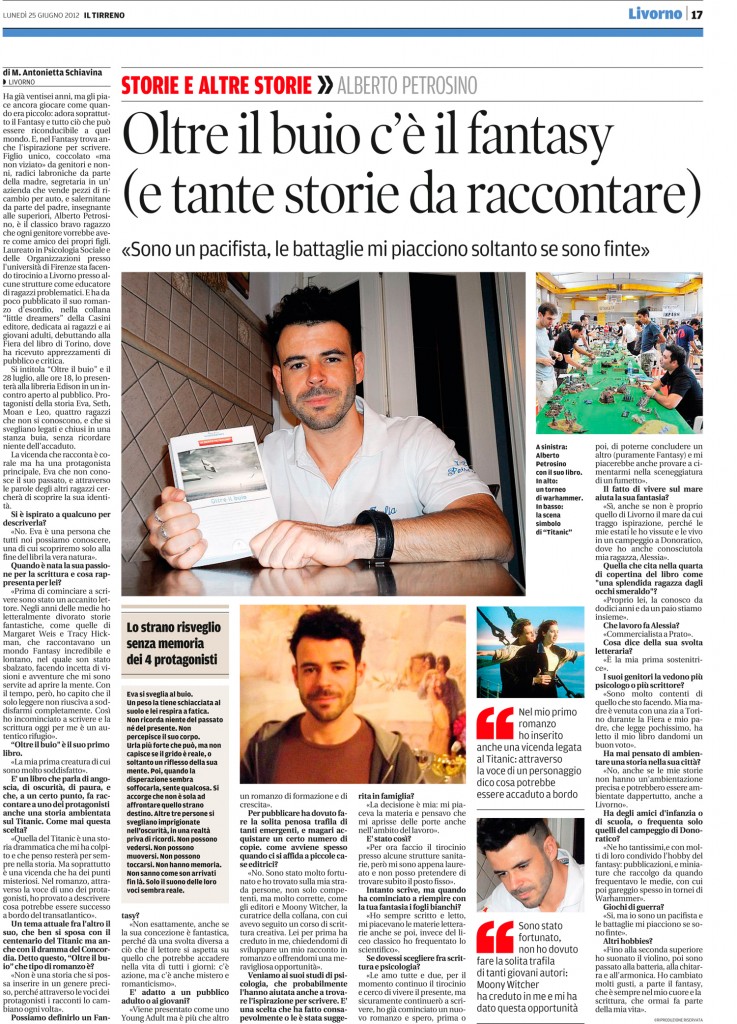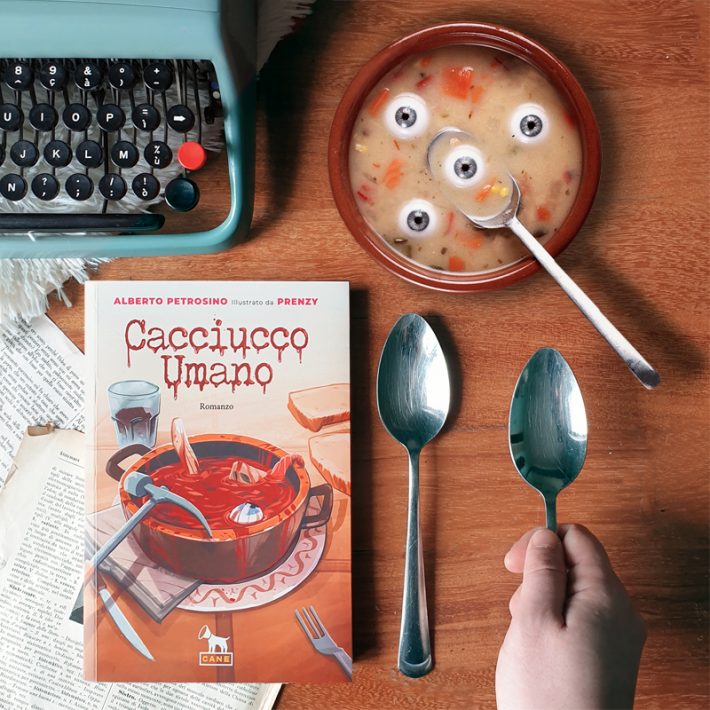Decoding "Petrosino": Unveiling Secrets & Stories Today!
Is it possible for the actions of one individual to fundamentally reshape the landscape of law enforcement? The answer, in the case of Giuseppe "Joe" Petrosino, is a resounding yes, his pioneering crime-fighting techniques continue to shape modern law enforcement, despite the tragic circumstances of his demise.
The name "Petrosino" resonates with a particular weight, a testament to a life dedicated to battling the darkness that lurked in the shadows. But the stories connected to this name extend beyond the life of the legendary police officer, encompassing a web of individuals, events, and creative endeavors, each deserving of a closer look. From the tragic saga of a man cut down in his prime to the contemporary lives of individuals sharing the same name, the narrative is rich and complex.
Giuseppe Petrosino, born in Padula, Italy, in 1860, immigrated to the United States as a young boy. His journey from a humble background to the ranks of the New York City Police Department is a story of grit and determination. He rose through the ranks, demonstrating an exceptional ability to understand and combat the burgeoning criminal underworld that plagued the city in the late 19th and early 20th centuries. His most significant impact came from his deep understanding of the Italian immigrant communities, and the criminal element that was exploiting them. He was one of the first to recognize the need to combat organized crime.
His approach was not merely reactive; Petrosino was proactive, innovative. He understood that to fight the Mafia, one had to understand it, to infiltrate its ranks, and to attack its infrastructure. He created specialized squads, and he utilized methods that were considered radical at the time, but are now standard practice. He sent undercover officers into the criminal groups, and he compiled detailed dossiers on known criminals. In a move that would ultimately seal his fate, he traveled to Italy to gather intelligence, working with the local authorities to identify and deport criminals who had fled the United States. This daring act of defiance against the criminal empire would be his downfall.
The brutal assassination of Petrosino in Palermo, Italy, in 1909 sent shockwaves around the world. The man lying on the ground was Joe Petrosino, a police officer the first in law enforcement to be assassinated by the mafia, a testament to the effectiveness of his methods, and the fear he instilled in his enemies. His death, however, did not diminish his legacy. Instead, it solidified it. He became a martyr, a symbol of the fight against organized crime, and his strategies continued to shape law enforcement practices.
But the story of Petrosino doesn't end with Giuseppe's demise. The name, it turns out, continues to live on, carried by others who have embarked on their own journeys through life. Among them, there's Alberto Petrosino, a man whose digital footprint is marked by his presence on Facebook. Others bearing the name are also connected in various ways. These individuals, like others, are part of the vast tapestry of human experience. Their stories, while not directly connected to the legendary lawman, add another layer to the exploration of the name "Petrosino."
Beyond the lives of these individuals, we also find the echo of the name in creative endeavors. The "Petrosino Park" in New York, a landmark that was the subject of an international competition, serves as a reminder of the legacy and the impact of Giuseppe Petrosino. The architect, Alberto Kalach, designed the park and won first place in 1996. The park is a testament to his legacy and a space designed to commemorate and celebrate his life.
Moreover, the name finds its place in the world of art and culture. Between November 22nd and 24th, Petrosino, a town in Italy, will be the venue for "Librorchestra," the national traveling festival dedicated to childhood. This festival is an initiative that promotes the values of music, reading, and art as means of social inclusion. This event seeks to enrich the cultural landscape, offering programs for children and families. It's a celebration of the power of storytelling, art, and music, providing a platform for creativity and connection within the community.
The exploration of the Petrosino name leads us through a varied and compelling terrain, revealing a story of law enforcement heroism, individual lives, and artistic and cultural endeavors. Each component adds another layer to the understanding of the name. The story reminds us that even in the face of tragedy, the impact of an individual can continue to inspire change and leave a lasting imprint on the world. The name Petrosino serves as a symbol of both the darkness and the light that exists within the human experience, a reminder of the importance of justice, community, and the enduring power of the human spirit.
| Attribute | Details |
|---|---|
| Full Name | Giuseppe Petrosino (Joe Petrosino) |
| Born | August 17, 1860, Padula, Italy |
| Died | March 12, 1909, Palermo, Italy |
| Nationality | Italian-American |
| Career | New York City Police Officer |
| Known For | Pioneering anti-Mafia tactics, first law enforcement officer assassinated by the Mafia. |
| Key Achievements |
|
| Legacy | His methods became standard practices in law enforcement; he is a symbol of the fight against organized crime. |
| Reference | Britannica - Joseph Petrosino |
The exploration of the "Petrosino" name leads us to the architectural world, where Alberto Kalach's name is prominently featured. The work of this internationally recognized architect is most notably focused on the interior spaces of his buildings. He aims to create a sense of wonder and fascination with hidden worlds by using interior compositions. His work has been recognized in international competitions, most notably his first-place win in the Petrosino Park competition in New York. His architectural designs have helped to establish and add meaning to the cultural landscape.
| Attribute | Details |
|---|---|
| Name | Alberto Kalach |
| Born | Mexico City, 1960 |
| Education | Universidad Iberoamericana, Cornell University |
| Notable Work | Petrosino Park (New York), Various Architectural Projects |
| Awards and Recognition | Winner of the Petrosino Park International Competition (1996) |
| Architectural Focus | Emphasis on interior design and creating unique spatial compositions. |
| Reference | ArchDaily - Alberto Kalach |
The final element to explore is the location of "Petrosino" itself. This community is serving as a location for the "Librorchestra" festival from November 22nd to November 24th. It underscores the significance of community and cultural engagement, where music, reading, and art are used as tools to foster social inclusion and creativity.
| Attribute | Details |
|---|---|
| Event | Librorchestra Festival |
| Dates | November 22nd to 24th |
| Location | Petrosino, Italy |
| Focus | Childhood, Music, Reading, and Art |
| Purpose | Promoting music, reading, and art as tools for social inclusion. |
The narrative of "Petrosino" is far more than a single story; it is a series of linked narratives that reflect heroism, personal endeavors, creativity, and the importance of community. The legacy of Joe Petrosino, the lives of the people connected to his name, and the cultural events inspired by it, provide a complex and compelling tapestry. The name, in this light, serves as a symbol of strength, of the fight against injustice, and of the ongoing power of art and community.



Detail Author:
- Name : Ms. Delphine Anderson Jr.
- Email : greenfelder.catalina@gmail.com
- Birthdate : 1976-06-10
- Address : 1505 Strosin Drive Suite 946 Tedborough, AK 06091
- Phone : +19787166368
- Company : Leuschke, Frami and Batz
- Job : Truck Driver
- Bio : Quia est illum nemo necessitatibus eum corrupti. Et molestias voluptates dicta dolor. Rem omnis nesciunt ducimus ratione voluptatem hic.